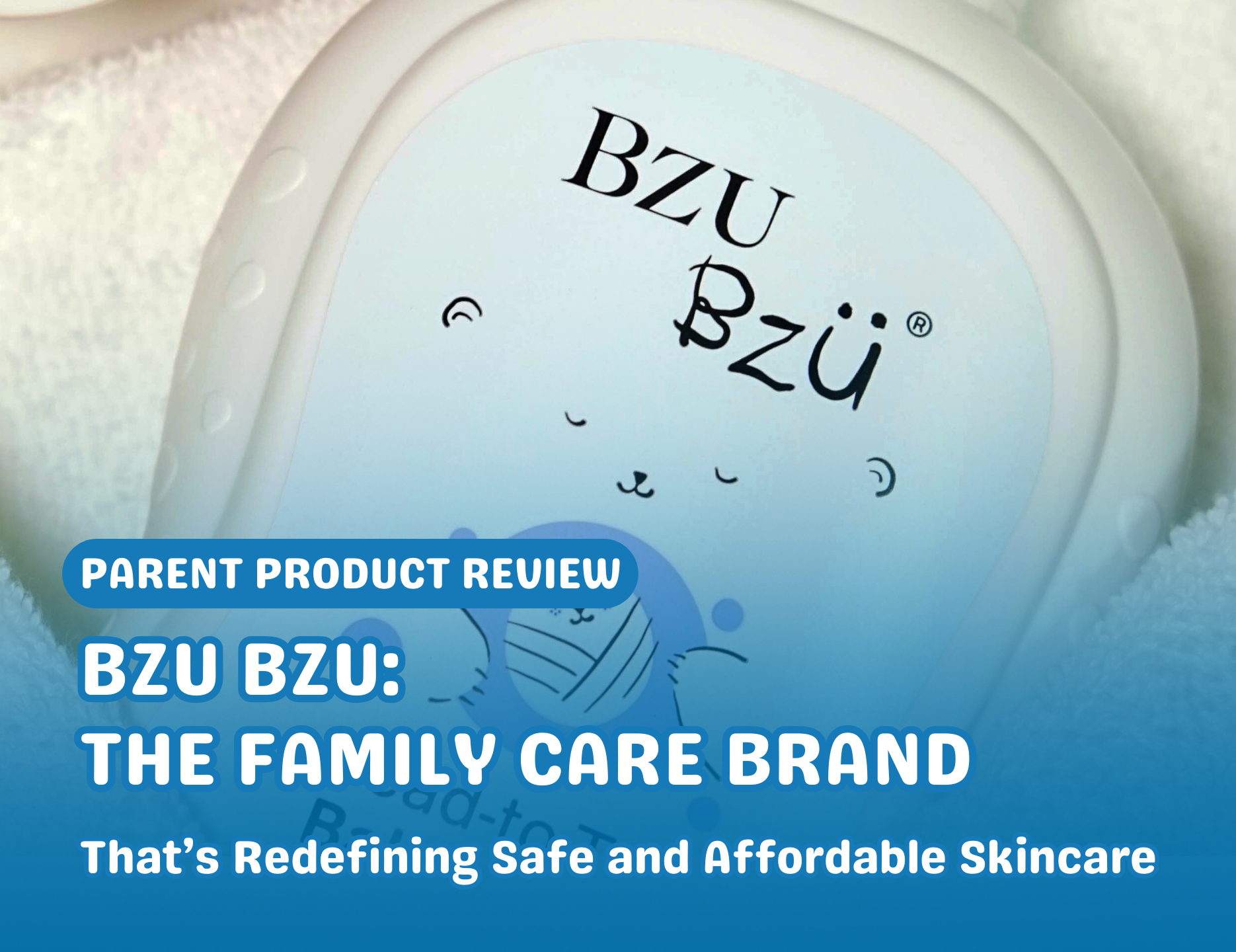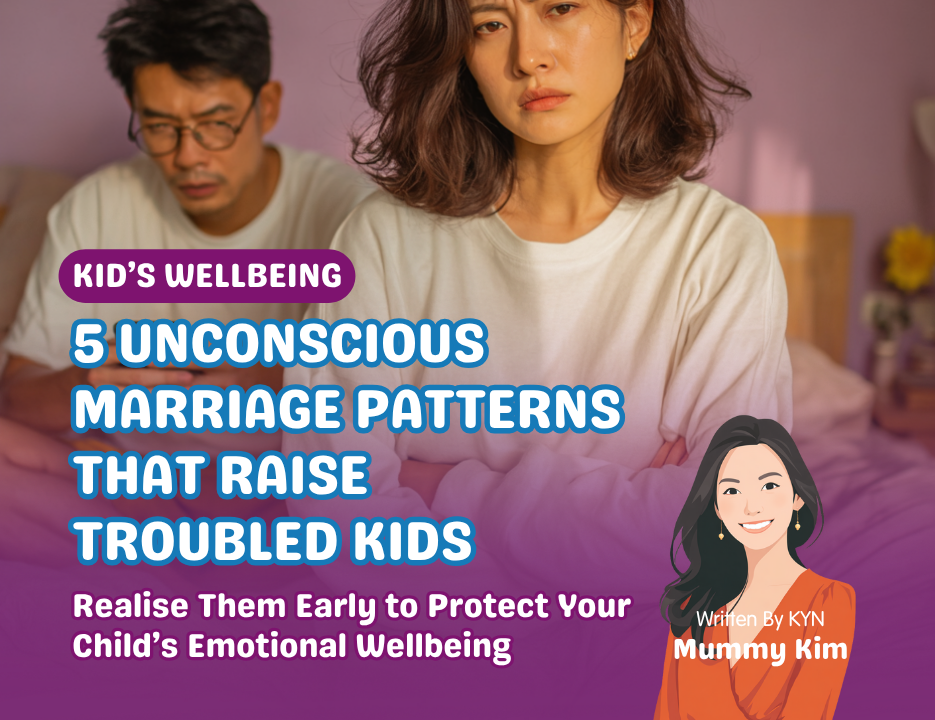Singapore’s education system is globally renowned for its rigor, innovation, and consistently high student performance in international assessments. At the heart of its success lies a well-structured, multi-tiered framework designed to nurture well-rounded individuals who are adept at critical thinking, problem-solving, and creative exploration. For parents navigating this landscape, understanding the various stages and key touchpoints of the system can help you make informed decisions that support your child’s academic journey.
Overview of the Stages
Primary Education (Ages 7–12):
Primary school marks the start of formal education in Singapore. This six-year phase focuses on building strong foundational skills, especially in English, Mother Tongue Languages, Mathematics, and Science. The curriculum is broad-based, designed to nurture curiosity and independent learning habits. The Primary School Leaving Examination (PSLE), taken at the end of Primary 6, is a key milestone that determines your child’s secondary school options.
Secondary Education (Ages 13–16/17):
Following PSLE, students move on to secondary schools, which can be broadly categorized into the Express, Normal (Academic), and Normal (Technical) streams. These streams cater to different learning paces and styles. The four- or five-year secondary education culminates in the GCE O-Levels or N-Levels, serving as a gateway to post-secondary pathways. During secondary education, students are often encouraged to participate in co-curricular activities (CCAs) to develop leadership, teamwork, and time management skills.
Post-Secondary/Tertiary Education (Ages 17+):
After secondary school, students can choose from a wide range of post-secondary options. This includes junior colleges (JCs) or the Millennia Institute for a more academic route leading to the GCE A-Levels; polytechnics for diploma courses that blend academic and practical skills; or the Institute of Technical Education (ITE) for hands-on, industry-focused training. At the tertiary level, Singapore boasts world-class universities, including the National University of Singapore (NUS), Nanyang Technological University (NTU), and Singapore Management University (SMU), as well as various private institutions. These choices cater to diverse interests, career aspirations, and learning styles.
Key Considerations and Tips
1. Know Your Child’s Strengths and Interests:
Start by understanding what motivates your child. Are they more academically inclined or do they prefer hands-on learning? Do they excel in languages, sciences, or arts? Conversations with teachers, career guidance counselors, and observation of their hobbies can help you align their next steps with their interests.
2. Leverage Official Resources:
The Ministry of Education (MOE) website provides valuable insights into school rankings, curriculum changes, and special programs. Make use of official resources such as the MOE School Information Service to compare schools, look into admission criteria, and consider the programs offered.
3. Attend Open Houses and Education Fairs:
Before enrolling your child, attend school open houses. This allows you to meet educators, explore the campus, and ask direct questions. Education fairs are also excellent venues to learn about scholarships, financial aid options, and specialized programs that can set your child on the right path.
4. Focus on Holistic Development:
Singapore’s education system isn’t solely about academic prowess. CCAs, leadership camps, and community service opportunities help students develop soft skills such as empathy, resilience, and communication. Encourage your child to participate in extracurricular activities that broaden their perspective.
5. Stay Involved and Communicative:
Regular parent-teacher meetings, school events, and engagement with your child’s daily experiences can help you stay updated on their progress. A supportive home environment and open communication reinforce what they learn in school, helping them feel more confident and motivated.
Navigating Challenging Transitions
From Primary to Secondary:
The transition after PSLE can be both exciting and daunting. It’s a move from a relatively structured environment to one with increased independence. Help your child set realistic goals, manage their time effectively, and maintain a balanced lifestyle.
Choosing Post-Secondary Pathways:
With so many options available—JC, polytechnic, ITE—it’s critical to take time to explore each path. Speak to school counselors, attend career talks, and consider long-term career aspirations. University isn’t the only route; diplomas and technical education offer direct pathways into specialized fields.
Embracing Lifelong Learning
Singapore’s education philosophy extends beyond formal schooling. The goal is to develop lifelong learners who adapt to change and thrive in a globalized world. Encourage your child to read widely, explore online learning platforms, and stay curious. The knowledge and adaptability they gain will serve them throughout their life.
Conclusion
The Singapore education system is a carefully designed ecosystem that offers robust academic grounding and holistic growth opportunities. By understanding its structure, leveraging available resources, and focusing on your child’s unique strengths and interests, you can confidently guide them through their educational journey. Success in this system isn’t defined solely by grades; it’s about nurturing well-rounded individuals ready to make meaningful contributions to society.





